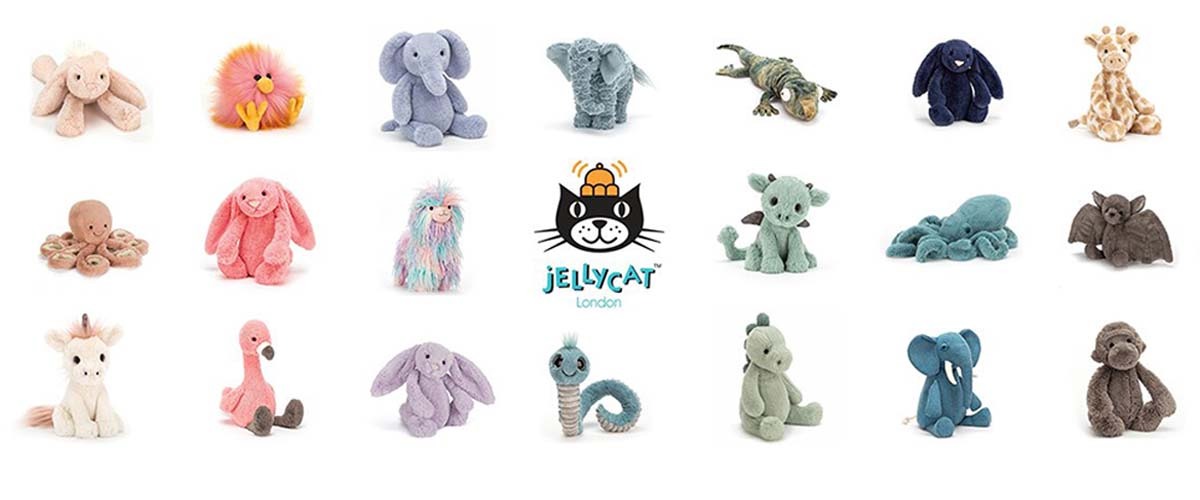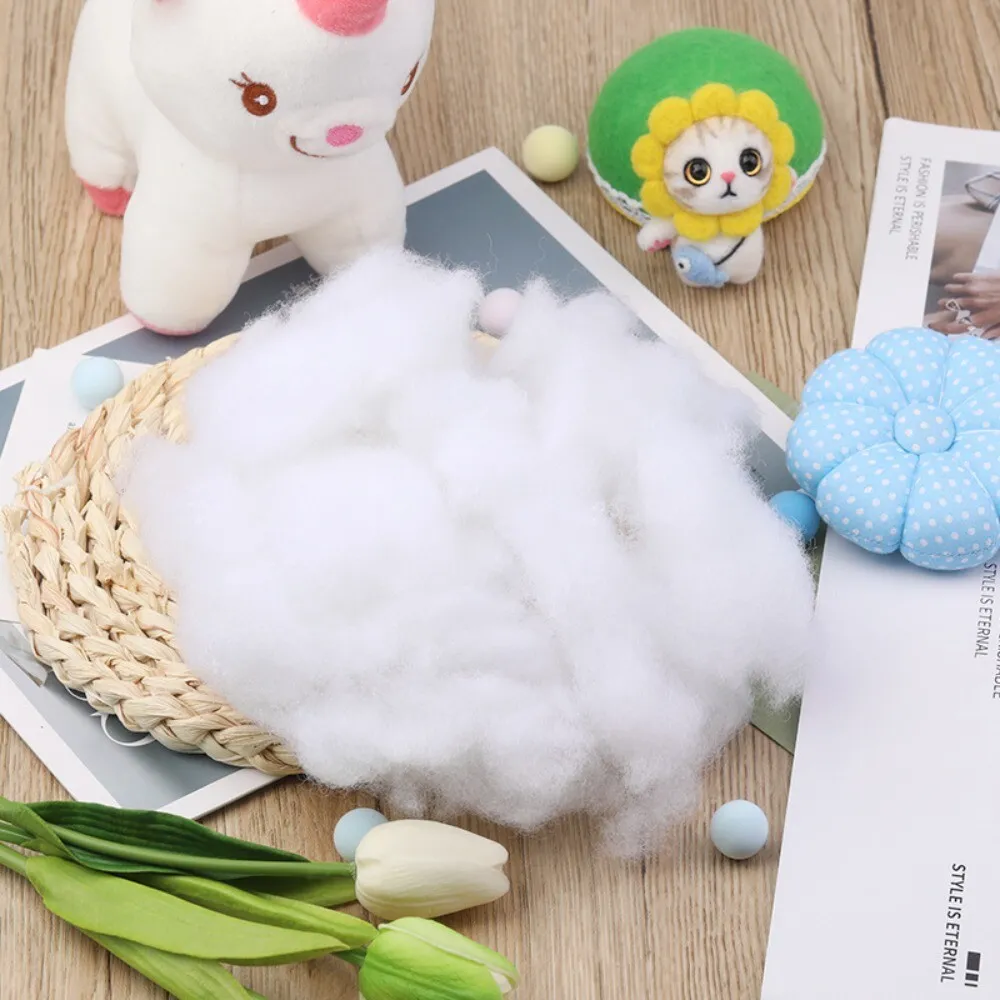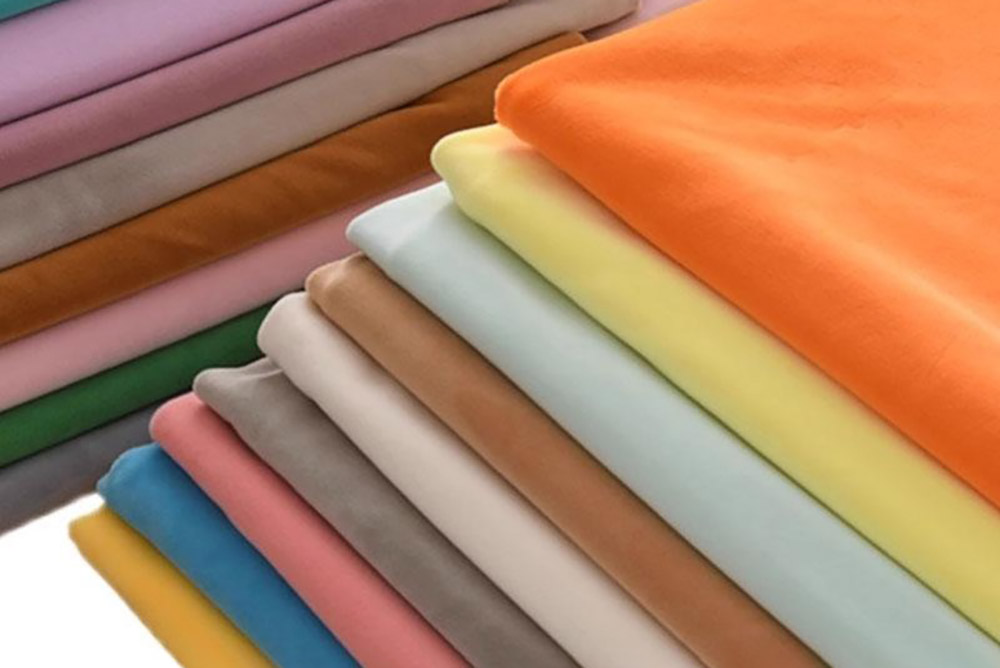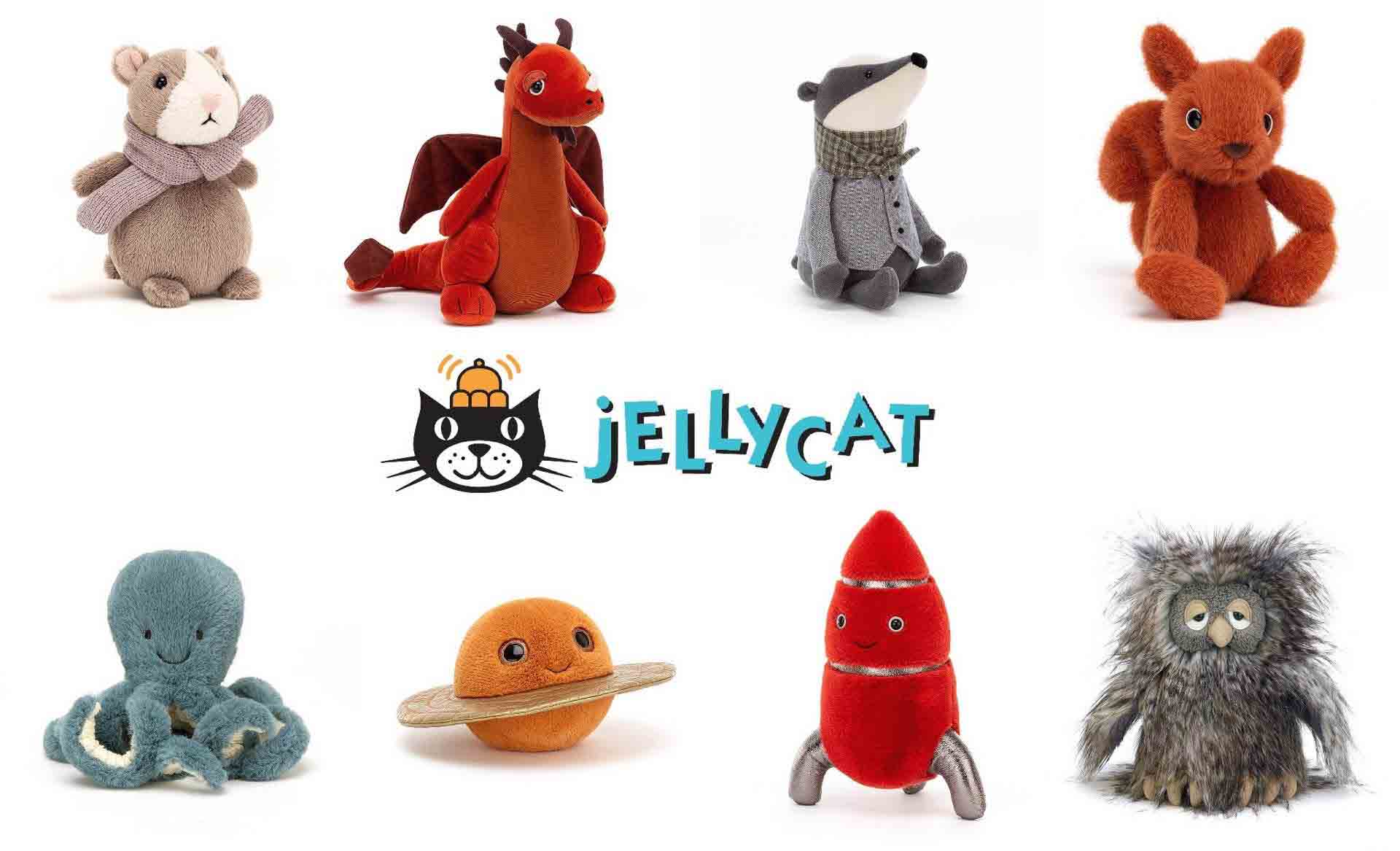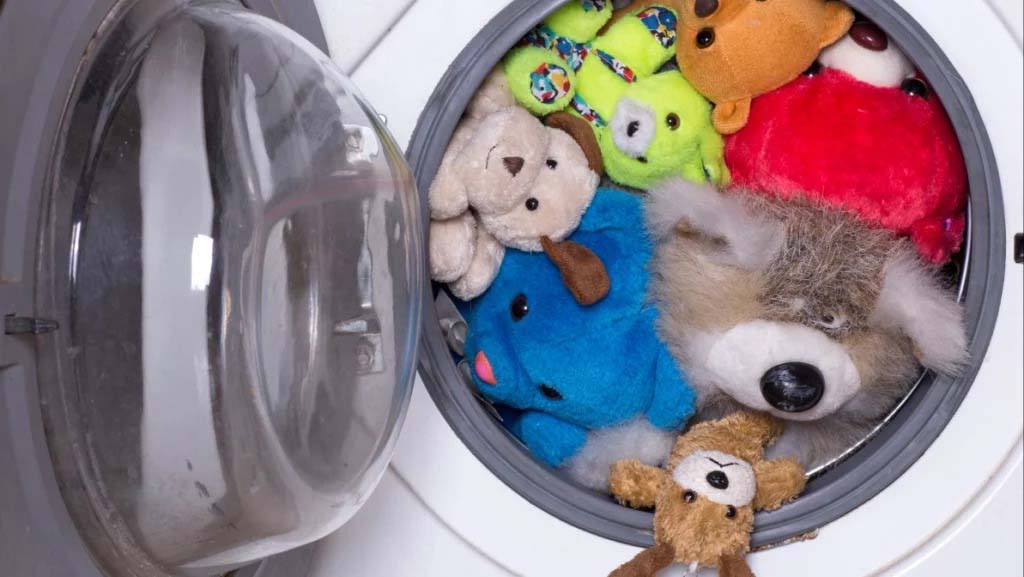Plush material is the foundation of every high-quality stuffed toy. It defines how the toy feels in the hand, how long it lasts, and whether it meets the comfort expectations of children and adults alike. Buyers who understand different plush fabrics are better prepared to choose the right option for their brand.
Plush materials range from short pile velboa to long faux fur, with super soft minky and eco-friendly natural fibers in between. Each fabric has unique qualities that influence softness, durability, production cost, and customer appeal. Understanding these materials helps toy brands and retailers make smart sourcing decisions that match market demand.
Choosing the right plush fabric requires balancing design goals, safety standards, and customer preferences. Let’s explore the most common types of plush materials used in toy manufacturing.
1.Short Plush Fabrics (Velboa)

Short plush, also known as Velboa, is one of the most common fabrics used for mass-market plush toys. It has a short pile, usually less than 3mm, and is known for being lightweight, durable, and easy to clean. This makes it a cost-effective option for high-volume production.
Velboa fabric is widely used for stuffed animals, mascot costumes, and decorative toys. Its low pile prevents matting, and the smooth surface allows clear stitching and embroidery for logos or facial details. Because it is budget-friendly yet durable, Velboa remains a favorite among buyers looking for affordable plush solutions.
Short plush strikes a balance between affordability and durability, making it a reliable option for many toy projects.
Velboa is typically made from 100% polyester, giving it strong resistance to wear and tear. It dries quickly after washing, making it practical for parents. While it may not feel as silky as premium fabrics, it offers consistency, which is crucial in large-scale production.
For example, brands that supply plush toys for promotional giveaways often choose Velboa because it meets price-sensitive requirements while still maintaining acceptable softness.
| Feature | Details |
| Pile length | Under 3mm |
| Durability | High resistance to wear, does not shed easily |
| Typical applications | Promotional plush, mascot costumes, budget-friendly stuffed toys |
| Advantages | Cost-effective, easy to sew, durable, quick-drying |
| Limitations | Less soft than minky or long plush |
2.Super Soft Plush (Minky Fabric)

Minky fabric, sometimes called plush fleece, is known for its luxurious softness. Its pile is longer than Velboa, usually around 3–5mm, and it feels silky to the touch. This makes it a popular choice for baby toys, blankets, and premium plush collections.
Minky is chosen for its comfort and aesthetic appeal. It creates toys that feel smooth and soothing, which is why parents and gift buyers often prefer it for newborns and children. Although it costs more than short plush, it provides added value by elevating the perceived quality of the product.
For projects targeting premium markets, Minky fabric helps brands stand out.
Minky is usually 100% polyester but finished with special brushing that enhances softness. It comes in many varieties, including embossed (with dot or pattern textures), which adds both tactile and visual appeal. Buyers sourcing plush dolls or nursery products often specify Minky because it aligns with customer expectations for softness.
The higher cost means brands need to position Minky toys at a mid-to-high retail price point. However, its perceived value can justify the investment, especially in markets like North America and Europe, where buyers pay more for comfort and safety.
| Feature | Details |
| Pile length | 3–5mm |
| Durability | Moderate, softer but slightly less resistant than Velboa |
| Typical applications | Baby plush, premium stuffed toys, blankets, pillows |
| Advantages | Extremely soft, attractive look, available in many colors and textures |
| Limitations | Higher cost, less suitable for very rough play |
3.Long Plush and Faux Fur

For designs that require realism, long plush and faux fur fabrics are essential. They create the look of animal fur, making plush toys appear lifelike. The pile can range from 10mm to over 60mm, depending on the effect needed.
Long plush is commonly used for teddy bears, wild animal plush, and fashion accessories. Faux fur provides both visual appeal and a premium feel, making it ideal for collectible or gift-market toys. It requires careful cutting and sewing, which increases production complexity but delivers a striking final product.
This fabric is best suited for high-value projects where appearance is a priority.
Faux fur is made from synthetic fibers like acrylic or modacrylic blended with polyester. It can be heat-treated to mimic natural fur patterns, such as stripes or gradients. Production teams need special machinery to handle the thickness, which slightly increases cost and lead time.
Brands targeting adult collectors, gift shops, or seasonal items often choose faux fur. For example, Christmas reindeers or large teddy bears use long plush to enhance their market value. While not as practical for infants, it performs well for decorative purposes.
| Feature | Details |
| Pile length | 10–60mm or more |
| Durability | Moderate to high, depends on density |
| Typical applications | Teddy bears, collectible plush, seasonal decorative plush |
| Advantages | Realistic fur look, premium perception |
| Limitations | Higher production cost, more complex sewing, longer lead time |
4.Sherpa and Coral Fleece

Sherpa and coral fleece are plush fabrics that emphasize warmth and texture. Sherpa has a curly, wool-like pile, while coral fleece offers a smooth, fluffy touch. Both are widely used in plush toys, blankets, and winter-themed products.
These fabrics stand out for their softness and comfort. Sherpa gives a rustic, natural look, while coral fleece feels rich and cozy. Buyers often select them for seasonal toys, winter promotions, or plush animals designed to convey warmth.
They bring a different visual and tactile identity compared to standard plush fabrics.
Sherpa is commonly used for lamb or sheep plush toys because its texture mimics real wool. Coral fleece, on the other hand, is extremely popular in baby products due to its softness. Both fabrics are usually made from polyester but can be blended with cotton for enhanced breathability.
While production cost is mid-range, their seasonal appeal makes them strong sellers. Retailers often see higher sales of coral fleece plush during colder months. Their washing performance is good, though care is needed to prevent pilling.
| Feature | Details |
| Pile length | 5–15mm |
| Durability | Good, but can pill with heavy use |
| Typical applications | Winter plush, lamb/sheep toys, blankets, seasonal gifts |
| Advantages | Soft, cozy, unique look, strong seasonal demand |
| Limitations | Limited use outside winter themes, prone to pilling |
5.Natural Fabrics (Cotton, Linen, Knitted Fabric)

While most plush toys use polyester-based fabrics, natural fibers like cotton, linen, or knitted fabrics are growing in demand. Buyers seeking eco-friendly or organic toys often prefer these materials. They are breathable, safe, and align with sustainability trends.
Natural plush fabrics are often chosen for baby and toddler toys. Cotton plush feels gentle on the skin, while knitted fabrics provide a handmade look that appeals to parents and gift buyers. Although more expensive and less flexible in design, they position products in the premium eco-market segment.
These fabrics support brands aiming for a natural and safe product line.
Cotton plush may be certified organic, which increases its appeal in Western markets. Linen blends are less common but provide durability and a rustic appearance. Knitted fabrics are often used for dolls, giving them a crafted look.
Production with natural fabrics requires stricter quality control since they shrink more easily and absorb more moisture than polyester. However, the eco-friendly perception is a strong sales driver. For example, European buyers are increasingly requesting certified organic cotton plush for baby toys.
| Feature | Details |
| Pile length | Varies by material |
| Durability | Moderate, depends on fiber type |
| Typical applications | Baby plush, eco-friendly toys, knitted dolls |
| Advantages | Breathable, natural feel, eco-friendly appeal |
| Limitations | Higher cost, more complex washing, limited color fastness |
6.Special Fabrics for Design and Decoration

Beyond standard plush, there are special fabrics designed for creative effects. These include sequined fabrics, metallic plush, glow-in-the-dark materials, or printed velboa with custom patterns. They are often used in promotional toys, character-based products, or limited-edition collections.
Specialty fabrics allow brands to differentiate their products. They add visual excitement and increase perceived value, though they are usually used in small areas rather than the full toy. Buyers choose them when looking for unique designs that attract attention.
When applied strategically, these fabrics help brands stand out in competitive markets.
Examples include reversible sequins, which allow children to “draw” on the toy’s surface, or plush with holographic effects used in character merchandise. Glow-in-the-dark fabrics are especially popular in children’s toys, while metallic plush finds use in decorative plush or fashion accessories.
These fabrics often require special handling during production, which increases complexity. However, their novelty factor creates strong retail interest. Many promotional campaigns rely on such fabrics to make their products memorable.
| Feature | Details |
| Pile length | Varies depending on effect |
| Durability | Depends on finish, usually lower than standard plush |
| Typical applications | Character toys, promotional items, limited editions |
| Advantages | Unique look, high retail appeal |
| Limitations | Higher production cost, limited use in mass production |
Conclusion
Plush materials define the look, feel, and success of every stuffed toy. From budget-friendly Velboa to premium faux fur and eco-friendly cotton, each fabric brings unique value to different markets. Buyers who understand these options can make smarter sourcing decisions, balancing cost, safety, and customer preferences.Summary Table of Plush Materials
| Material Type | Key Features | Advantages | Common Uses |
| Velboa | Short pile, smooth | Durable, cost-effective | Promotional plush, mass-market toys |
| Minky | Ultra-soft, vibrant colors | Premium look, tactile appeal | Baby toys, cushions, gifts |
| Long Plush / Faux Fur | Long pile, realistic look | Lifelike textures, luxury feel | Animal plush, collector plush |
| Sherpa / Coral Fleece | Fluffy, lightweight, cozy | Warmth, seasonal appeal | Winter toys, blankets, accessories |
| Cotton / Linen / Knitted | Natural, breathable, eco-friendly | Safe, sustainable, rustic aesthetic | Baby plush, organic lines |
| Special Fabrics | Sequins, metallics, patterns | Unique, eye-catching, customizable | Limited editions, branded toys |
At Kinwin, we help global brands choose the right plush materials and deliver products that meet international standards. If you are exploring plush toy projects and want expert guidance on fabric selection, contact us today at [email protected] or visit kinwintoys.com to start your custom order.


